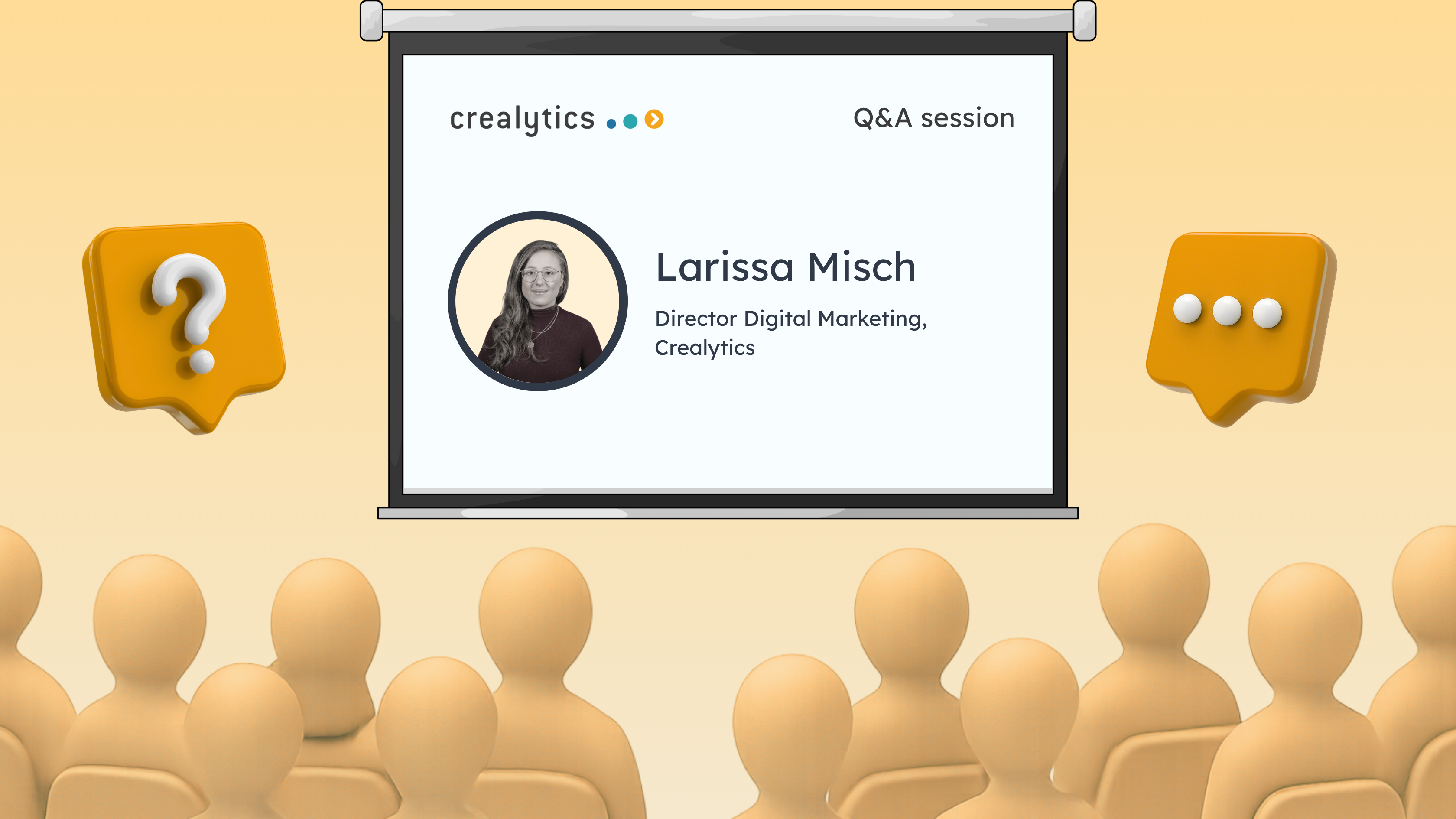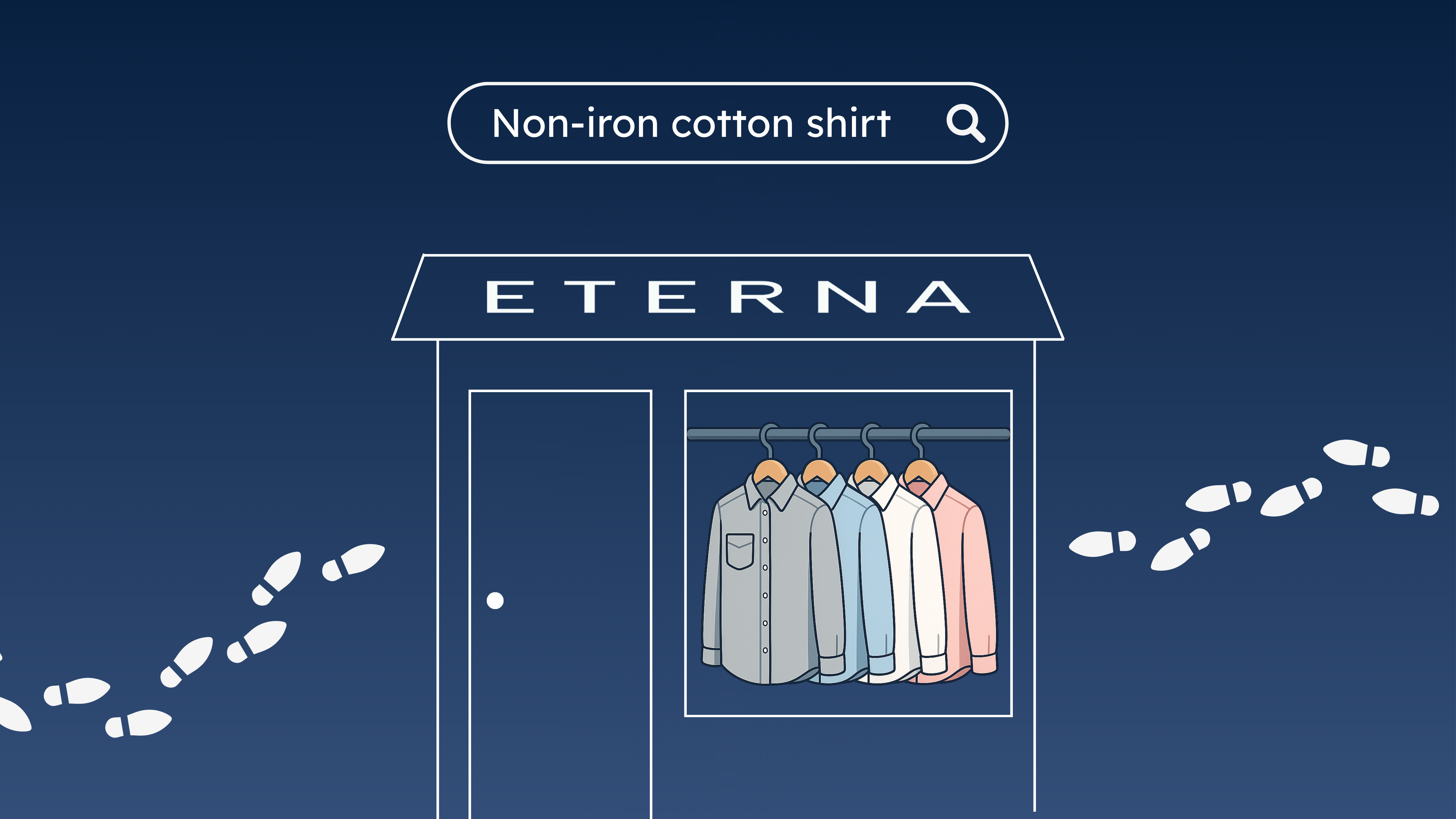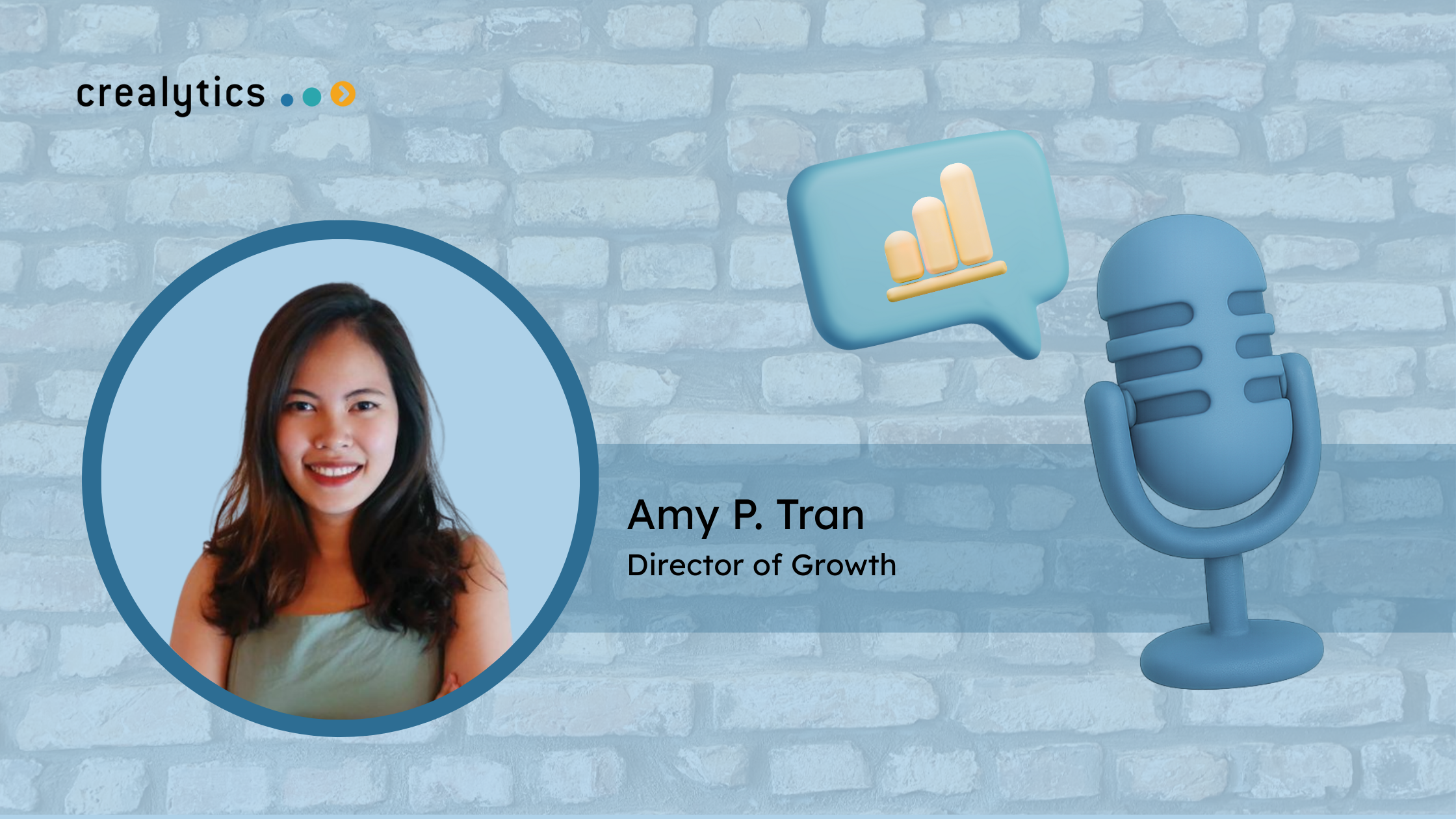Gen Z’s Spending Logic: How to Build a Full-Funnel Strategy for a Generation that Splurges and Scrimps
.png)
Gen Z is reshaping patterns of consumption and value creation. As they enter their prime earning years, their approach to spending is selective rather than constrained. McKinsey estimates that Gen Z spending is growing twice as fast as previous generations’ spending did at the same age, and that by 2035 this cohort will add nearly $9 trillion to the global economy. Despite persistent financial pressures, Gen Z consumers continue to spend - often saving aggressively in some categories while splurging decisively in others.
This dual behaviour introduces new complexity for brands. Linear funnel model of awareness, consideration, conversion struggle to reflect how Gen Z how fluid and unpredictable Gen Z’s purchase behaviour is. Their journey is dynamic, shaped by emotion, peer validation, and perceived value in equal measure. Addressing this generation effectively requires a full-funnel approach that connects brand storytelling with measurable performance - translating attention into outcomes and preference into sustained growth.
The Splurge-and-Scrimp Equation: Understanding Gen Z’s Selective Spending
Gen Z’s spending patterns reveal both caution and confidence. It is strategic. Across markets, McKinsey finds that 40% of Gen Z consumers say they worry about their financial futures, and 50% of them don’t have enough savings to sustain their lifestyle for more than a month.
The result is a cohort that saves selectively but spends strategically. Gen Z consumers splurge where purchases align with identity and social currency - particularly in categories like apparel (34%) and beauty (29%) - and they pay a premium for convenience, including delivery and subscription services. Brands that understand this logic can position themselves not just as sellers of products, but as enablers of self-expression and time value. Their decisions are shaped by perceived worth, ethical alignment, and ease of access and not by income alone.
How Gen Z Moves Through the Marketing Funnel
Gen Z’s path to purchase cannot be reliably mapped using the traditional funnel. As the Vogue Business study observes, that consumer funnel was built for the old world - and Gen Z doesn’t live there anymore.
Discovery: Social-First and Algorithm-Driven
Rather than beginning with formal brand exposure, Gen Z often enters the consumer journey via peer posts, creator trend-loops and algorithmic discovery. For example, Vogue Business shows that 51% of Gen Z believe social media influencers create new trends, and according to eMarketer, they discover products primarily through social media (especially TikTok and Instagram). Social platforms become both discovery and research engine; this generation expects mobile-first, content-rich environments from the first contact.
Relevant article: Organic vs. Paid Social Media: How to Balance Brand Trust and Performance Marketing
Evaluation: Peer Validation Over Brand Messaging
Gen Z monitors conversations, reviews and UGC before they commit. The Vogue Business piece describes the funnel as behaving more like an “infinite loop of inspiration, exploration, community and loyalty” rather than a linear sequence.
Brands must therefore deliver credible proof and community signals and not just marketing messages.
Relevant article: AI vs. Human Influencers: What Brands Need to Know in 2025 and Beyond
Conversion: Contextual and Identity-Driven
As discussed earlier, Gen Z’s financial behaviour is dual mode: they save where they must, yet splurge when they see alignment with identity or experience. Their funnel doesn’t end at purchase; conversion is just a node in a broader loop of relevance, repeated behaviour and community contribution.
Loyalty: Built on Authenticity and Shared Values
For Gen Z, loyalty is built through consistent values, community platforms and post-purchase engagement. Their expectation of brands spans authenticity, purpose and seamless omnichannel experiences. Forbes underscores that Gen Z demands brands “stand for something,” and will quickly disengage if that stance feels performative.
Designing a Full-Funnel Framework for Gen Z Marketing
Gen Z’s path to purchase demands a new kind of media architecture - one where storytelling and performance work as a single system. The idea that brand awareness sits at the top while conversions sit at the bottom no longer holds. Every stage now influences the other in real time, and every impression can be measured for its downstream effect.
A modern full-funnel framework starts by linking emotional relevance with commercial accountability. Brand campaigns should not be judged solely by reach or recall but by how effectively they create qualified intent that mid- and lower-funnel channels can capture. Likewise, performance campaigns must do more than convert; they need to reinforce the brand associations that make future conversions cheaper and faster.
Upper Funnel - Build Awareness and Cultural Relevance
· Focus on discovery through platforms where Gen Z naturally spends time, such as TikTok, Instagram, and YouTube Shorts.
· Prioritize storytelling formats that build cultural participation, not just reach.
· Measure success beyond impressions: track engagement rate, social lift, and contribution to downstream intent signals such as branded search volume or click-through rate uplift.
Relevant article: How to Craft a Brand Narrative That Drives Emotional Connection and Customer Loyalty
Mid Funnel - Convert Attention into Intent
· Bridge emotional resonance with rational value through sequential messaging and creator-led storytelling.
· Use contextual and audience data to personalize communication at the product or category level.
· Optimize toward engagement metrics like video completion rate, time spent, and assisted conversions that reflect meaningful progress toward purchase.
Lower Funnel - Drive Conversions and Retain Loyalty
· Deploy dynamic product ads, personalized recommendations, and conversion optimization tactics to close the loop.
· Leverage commerce data to refine targeting and pricing, ensuring efficiency at scale.
· Integrate loyalty signals - repeat purchases, customer lifetime value, and referral participation - as part of performance measurement, not an afterthought.
Relevant article: Native Ads vs. Product Ads: Why Unpolished Creative and Product Ads Together Drive the Best Results
What emerges is a system that unites brand and performance under one lens of accountability. Awareness feeds efficiency; efficiency sustains brand growth. In a Gen Z economy defined by both restraint and impulse, success depends on aligning emotional resonance with measurable return - every impression linked to outcome, every outcome reinforcing identity.
Turning Gen Z Insights into Business Impact
Gen Z’s rise as a major consumer group is reshaping how brands build and measure value. Their spending choices are guided by purpose, perception, and practicality. In this context, growth depends on creating genuine connection and not just visibility.
A full-funnel performance model makes this possible. It aligns creativity with measurable outcomes, ensuring that awareness efforts contribute directly to demand generation. Each stage of the funnel, from awareness to conversion, works toward the same goal: turning attention into action and interest into loyalty.
What emerges is a more efficient, more resilient approach to marketing. Strong brand equity improves performance efficiency, while performance data strengthens future brand strategy. The result is sustained commercial growth that is built on the ability to connect emotion with precision, and culture with measurable impact.
---
Looking to turn Gen Z attention into lasting brand equity? Reach out to us!
Relevant Insights
· Article: How Meme Content Drives Sales: A Guide for Modern DTC Brands
· Article: Think Bigger than just Online: Why an Omnichannel Strategy is Pivotal
· Case study: Global Fashion Brand Doubles Paid Search Reach, Driving 81% Revenue Growth Through Broad Match Innovation
About Crealytics
Crealytics is an award-winning full-funnel digital marketing agency fueling the profitable growth of over 100 well-known B2C and B2B businesses, including ASOS, The Hut Group, Staples and Urban Outfitters. A global company with an inclusive team of 100+ international employees, we operate from our hubs in Berlin, New York, Chicago, London, and Mumbai.
EXPERT INSIGHTS





